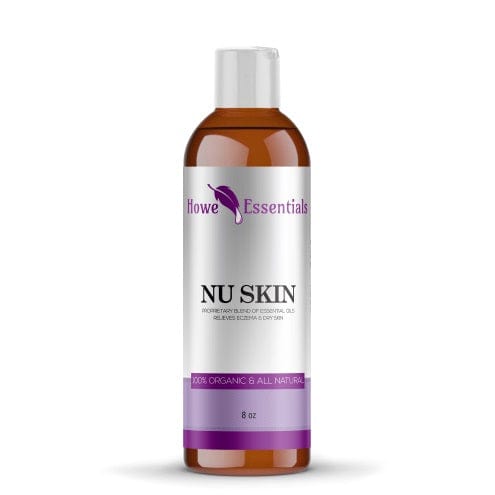
Mastering the Art of Essential Oil Blending

The moment you step into a spa or aromatherapy center, you're greeted by the intoxicating aroma of essential oils. It's an invitation to tranquility, a promise of rejuvenation. But beyond their delightful scents, essential oils pack a potent therapeutic punch.
A Glimpse into the Past: Essential Oils in Ancient Civilizations
Dating back to 4500 B.C.E., the ancient Egyptians were already harnessing the power of essential oils. Take Kyphi, for instance—a sophisticated blend of 16 distinct oils, crafted meticulously for both medicinal and cosmetic applications. Fast forward to today, and the art of blending or "stacking" essential oils has evolved, promising enhanced benefits.
The Science and Safety Behind Essential Oils
But here's the catch: essential oils aren't just fragrant liquids. They're complex concoctions of chemical compounds. And just as you'd exercise caution when mixing medications, blending essential oils demands respect and knowledge. The National Association for Holistic Aromatherapy reminds us that while essential oils are generally safe in professional settings, they can trigger reactions. Think skin rashes, eye irritation, or even headaches.
So, if you're keen on integrating essential oils into your wellness journey, it's paramount to understand the risks and the right blending techniques.
Crafting the Perfect Blend: Where to Begin?
When you think of blending oils, it's not just about creating a pleasant scent. It's about synergy, about crafting a blend that's more than the sum of its parts.
- Identifying Your Aromatic Needs: Some oils soothe and calm, while others invigorate and energize. Start by pinpointing what you seek—relaxation, rejuvenation, or perhaps a bit of both?
- Understanding Oil Categories: Essential oils can be grouped into nine primary categories:
- Floral
- Woodsy
- Earthy
- Herbaceous
- Mint
- Spicy
- Oriental
- Citrus
While oils within the same category often harmonize beautifully, don't be afraid to experiment. Fancy a blend of floral and woodsy? Or perhaps a mix of oriental and spicy? Dive in and let your creativity take the lead!
- Decoding the Notes: Just as in music, essential oils have their notes. These notes determine the oil's character and how it interacts with other oils.
- Top Notes: These are the attention-grabbers. They hit you first but dissipate quickly. Think citrus or some spicy scents.
- Base Notes: The anchors of your blend. They linger, providing depth and warmth. Imagine the rich, earthy aromas of cedarwood or sandalwood.
- Middle Notes: The mediators. They bridge the gap, ensuring your blend is harmonious. Lavender and sage are classic examples.
Crafting Your Signature Scent
Blending essential oils isn't just science—it's an art. It's about balance, intuition, and a touch of experimentation. By understanding the basics and trusting your instincts, you can craft a blend that's uniquely yours. A scent that doesn't just smell good, but feels right. Dive into the world of essential oil blending and let your senses guide you.




